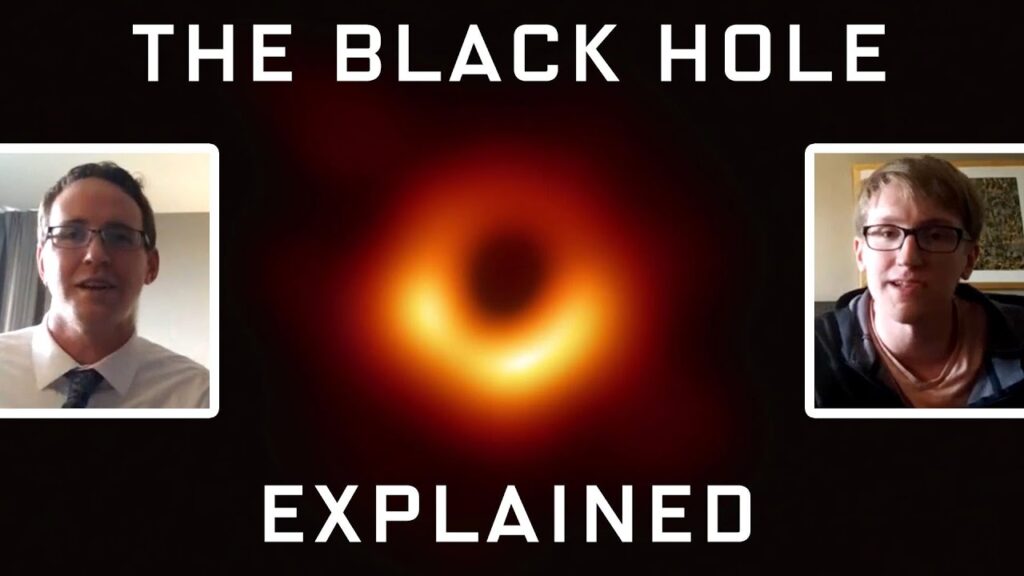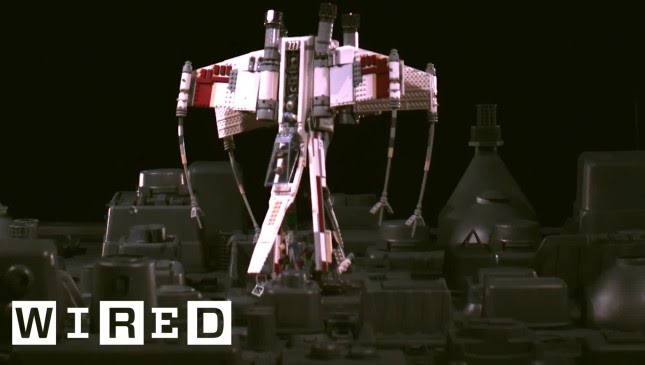Understanding Satellites in Popular Culture: Realism and Fantasy
Summary
The article explores the role of satellites in mainstream media, including TV shows and movies. It examines the depictions of satellite technology and their practical applications in real life. It delves into specific examples of how satellites are portrayed in pop culture and provides insights into their limitations and challenges. The article also highlights the importance of critical thinking when interpreting media representations of technology.
Table of Contents
- The Role of Satellites in Real Life
- The States of Satellites in Orbit
- Depictions of Satellites in Popular Media
- The Realism of Predator Drones in Homeland
- Protecting Sources and Methods in Intelligence Operations
- Limitations and Challenges of Satellite Technology
- Anti-Satellite Operations and the US Space Force
Introduction
Satellites play an integral role in our daily lives, from providing GPS navigation to enabling global communication. In recent years, these space-based assets have also been depicted in popular media, from movies like Gravity to TV shows like Homeland. However, these depictions often exaggerate or misrepresent the capabilities of satellites, leading to confusion and misunderstanding in the general public. In this article, we aim to explore the reality of satellite technology, separating fact from fiction, and providing insights into the practical applications of space-based assets.
Q&A
Q: How are satellites used in real-life scenarios?
A: Satellites are used in various fields, including earth observation, communications, and navigation. They provide valuable data for weather prediction, disaster management, and surveying. Companies and governments also use satellites for reconnaissance and intelligence gathering, analyzing the earth’s geospatial data and monitoring climatological conditions.
Q: What are the different types of satellites?
A: Satellites can be classified into different states based on their orbit or purpose. There are satellites in low-Earth orbit, medium-Earth orbit, geostationary orbit, and highly elliptical orbit. Some satellites are designed for navigation, such as GPS, while others are used for imaging and remote sensing. There are also satellites for communication and broadcasting, including direct-to-home (DTH) satellite television and satellite phones.
Q: Can you discuss the various configurations and speeds of satellites in low Earth orbit?
A: Satellites in low Earth orbit (LEO) travel at different speeds, depending on their altitude. Typically, LEO satellites are classified as low-, medium-, or high-earth orbit, depending on their altitude. Low-earth orbit is generally considered to be below 2,000 km above the earth’s surface, while medium-earth orbit covers between 2,000 km and 35,000 km altitude. High-earth orbit is above 35,000 km altitude.
Q: How are satellites depicted in popular movies and TV shows?
A: Satellites are often portrayed in pop culture as powerful tools that can achieve anything from spying on an individual to destroying entire spaceships. They are often portrayed as invincible and infallible, with unlimited range and precision. These depictions are often highly exaggerated and implausible, creating misconceptions about satellites’ limitations and potential risks.
Q: Are predator drones realistically portrayed in Homeland?
A: The portrayal of predator drones in Homeland is generally realistic, highlighting the capabilities of advanced tactical UAVs. The drones’ long-range and surveillance capabilities are accurately depicted. However, some aspects, such as the ease of hacking into the drone’s control system, are somewhat oversimplified for dramatic effect.
Q: How important is protecting sources and methods in intelligence operations?
A: Intelligence agencies often go to great lengths to protect their methods and sources. These methods, such as satellite imagery and signals intelligence, can provide critical information for national security. The loss of these capabilities can have severe consequences, ranging from loss of life to the failure of critical operations. Therefore, it is essential to ensure that these methods are protected to maintain national security interests.
Q: What are the limitations and challenges of satellite technology?
A: There are several limitations and challenges associated with satellite technology. These include the risk of space weather events, software/hardware failures, and limited line-of-sight communications. Additionally, there is the growing threat of anti-satellite operations, as demonstrated by several countries’ destructive tests. These challenges highlight the need for innovation and investment in satellite systems, as well as increased security measures to protect against malicious attacks.
Q: Can you discuss the creation of the US Space Force?
A: The US Space Force was created in 2019 as a new branch of the US military. Its primary goal is to support US space operations by providing space-based capabilities and resources. The creation of the Space Force emphasizes the importance of space-based operations in modern warfare, as well as the potential threat of anti-satellite operations.
Conclusion
Satellites play an essential role in our daily lives, from navigation to communication and national security. However, their depictions in popular media can often be unrealistic, leading to misconceptions about their capabilities and limitations. We must approach these depictions with skepticism and critical thinking to separate fact from fiction. The article provides insights into the practical applications, limitations, and challenges of satellite technology, highlighting the need for innovation and investment in space-based assets. Finally, it emphasizes the importance of ensuring that these assets are protected, given the growing threat of anti-satellite operations and the risks associated with space weather and cyber attacks.






